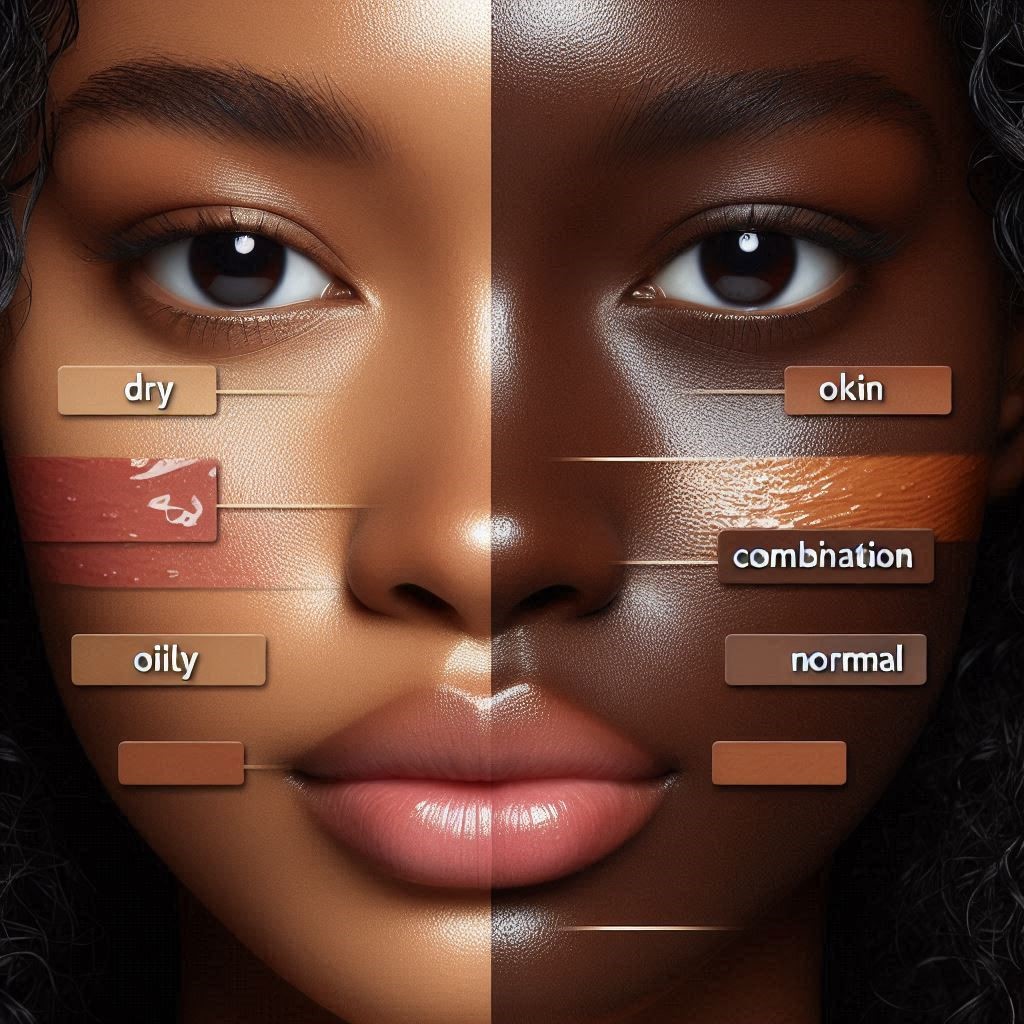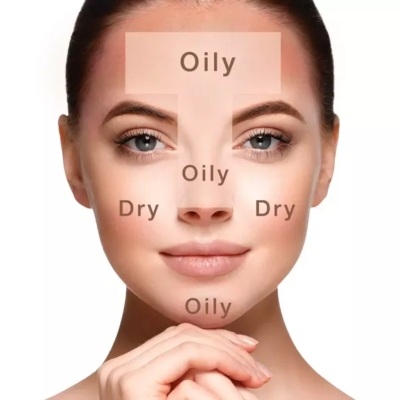How to Know Your Skin Type
It is every woman and man’s desire to attain perfectly smooth, flawless skin that glows with good health. This can only be achieved by learning more about skin type. You also have to know how to determine your skin type, which may be relatively easy for a novice beauty expert to encounter. By lacking this information, you can end up using the wrong products. It might harm your skin, leading to such problems as skin dryness, unhealthy oil production, or even skin breakouts. We will discover all about how to know your skin types step by step, learning about most of them and getting helpful advice on how to identify your skin type.

Understanding Skin Types
We will reveal what skin type means and, even more fundamentally, show the way that you can perceive yours. Skin types are consistently organized into five principal social occasions. The essential skin types consolidate the following: regular skin type, dry skin type, smooth skin type, combination skin type, and fragile skin type.
Regular Skin:
This skin type contains the skin in which
- Oil creation is great
- Doesn’t overproduce sebum
- Doesn’t create pores and a dull, sleek appearance.
Dry skin
- the skin appears close and flaky
- a shortfall of oil creation.
- Rough complexion
- Invisible pores
- Red patches
- Visible lines
Smooth Skin:
On the other furthest reaches of the skin type, smooth skin secretes a high proportion of sebum, hence giving it a reflexive appearance and possible pore blockage.
Combination Skin:
This skin type is an all-around combination of both smooth and dry skin,
- The T-zone of the face, which integrates the forehead, the nose, the jaw, and the cheekbones, is smooth while the cheek locale is genuinely dry.
- Blackheads
- Shiny skin

Fragile Skin:
Sensitive skin implies skin that ends up being easily energized and answers even more truly to one or two things or normal factors that don’t impact others comparatively.
- Redness
- Itching
- dryness
How to Know Your Skin Type:
The features of the two models, their differences, and the general development of the concepts at hand require certain basic steps:
Since you now grasp the many skin types, let’s go into detail to see which group you are in. Determining one’s skin type is a combination of observations, tests, and specialist recommendations.
Observe your skin:
Stand in front of a mirror during the day when the lighting is natural in order to see whether a part of your skin is dry, greasy, or has open pores.
Track changes in your skin’s condition and sensitivity during the day so you can understand more about the skin’s tendencies.
Conduct the blotting paper test.
With another piece of fresh blotting paper or tissue, gently pat areas of the face, including the forehead, nasal area, cheeks, and chin.
To go further, observe the quality and quantity of oil that has been transferred to the paper as a measure of the skin’s oil secretion.
Try the pinch test:
Take a pinch of the skin on your cheek and try to note how soon it returns to normal. Pull the skin at the cheek lightly, and then try to note the time when it regains its usual position.
If it bounces right back and you do not feel the indentation after a few seconds, then you have a normal to oily skin type. If it takes a long time to restore its elasticity, then you may need moisturizing for the skin.
Consider your environment:
Ambient or climate conditions such as humidity and temperature play critical roles in the kind of skin a person has.
Dry skin is related to the climate in which one lives. In this case, you might be living in a dry or humid climate.
Consult a professional:
Of course, self-diagnosis can be helpful, especially when facing skin issues, but a dermatologist or professional consultant should be consulted for a correct diagnosis.
- They can do some diagnostics on your skin and give recommendations according to your condition. Your skin type can be diagnosed easily with the help of some sophisticated equipment,
- The dermatologist will give you a detailed explanation of your skin type and the duration of your appointment, depending on how many areas of your skin are damaged.
- It is normal to look at the skin in typical light and endeavor to survey the dryness, smoothness, pores, or a few different issues.
- This test incorporates smirching the skin’s surface with spreading paper to learn about how smooth your skin genuinely is.
Using the press test, you can influence skin adaptability and conclude its sogginess level.
Such biological factors consolidate the climate of the area, clamminess, and temperature of the locale where the thing is to be sold.
If you don’t have the foggiest idea what kind of skin condition you have, visiting your dermatologist or any skincare workforce for a specialist conclusion is, for the most part, judicious.
Dry skin is easily recognizable by its rough texture, rustling on the surface, and complete absence of sebum.
Identify oily skin by the slippery, rough t-zone and excessive production of sebum.
It is advanced in identifying a combination skin where the T-zone is on the oily side while the cheeks are not.
How to distinguish between normal and sensitive skin:
To distinguish between normal and sensitive skin, check for redness, inflammation, and allergic reactions.
- Look at other cues to assess any changes in your skin’s feel and get more clues.
- Consider your age in this case because the skin type may vary depending on the age.
- A common feature that most people with problematic skin fail to realize is the importance of observing the effects of various skincare products on their skin.
- You ought to think about the level of stress and the diet that you are undergoing at the moment.
- It is recommended to keep a skincare diary to check for new changes or patterns starting in your skin.
- This is an indication that the findings are reliable and, thus, allow the patient to have a consistent approach when observing.
Basic skin care:
Regardless of your skin type, there are a few steps that you should carry out on a daily basis to nurture your skin.
- Stay hydrated
- Use a moisturizer
- Avoid smoking and drinks
- Always remove makeup before going to bed.
- Always use a good sunscreen to stop direct contact with sunlight
- Exfoliate your skin regularly.
- Avoid products that have sulfates and artificial fragrances
- Have a balanced diet
Conclusion
Understanding your skin type is essential. It stands as the first step towards the correct skin care regimen. It means that the individuality of the skin must be explained in order to make the correct decisions. This has to be done regarding the choice of cosmetics and therapies. Please don’t forget that skin types may also change at a certain age, so keep this in mind when evaluating skin. What you have read here should help you prepare for having a wonderful complexion and skin that will be a source of pride. Learn how to know your skin type and get ready for a transformative ride into discovering the beauty in your skin’s journey.
